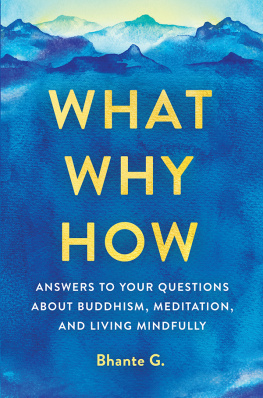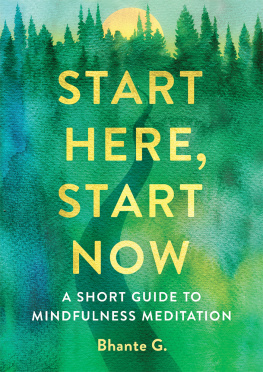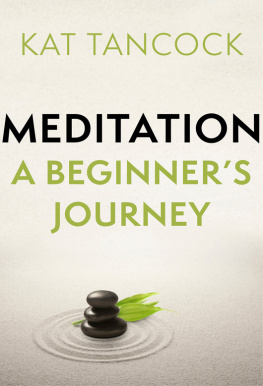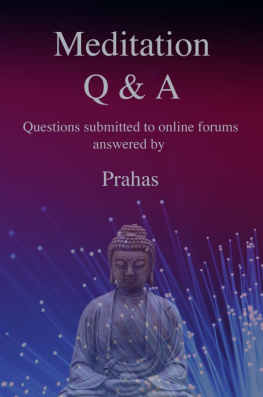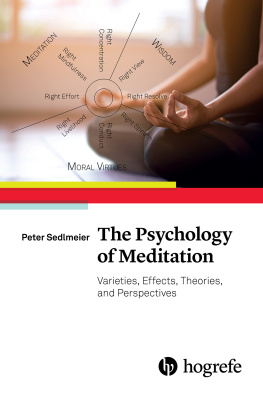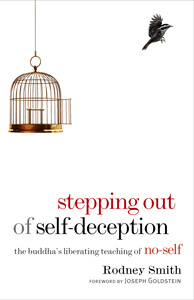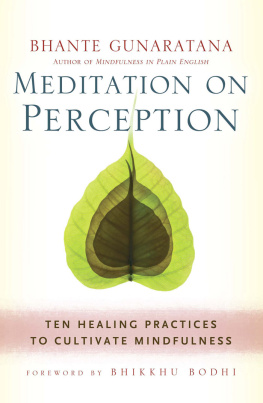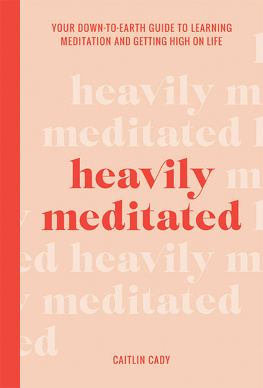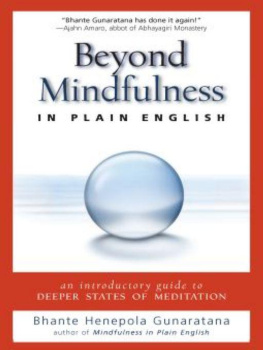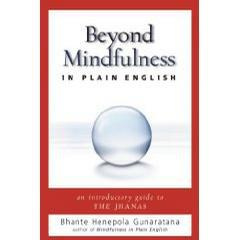All rights reserved.
No part of this book may be reproduced in any form or by any means, electronic or mechanical, including photography, recording, or by any information storage and retrieval system or technologies now known or later developed, without permission in writing from the publisher.
Names: Gunaratana, Henepola, 1927 author.
Title: What, why, how: answers to your questions about Buddhism, meditation, and living mindfully / Bhante Gunaratana.
Description: Somerville, MA: Wisdom Publications, 2020. | Includes index.
Identifiers: LCCN 2019030067 (print) | LCCN 2019030068 (ebook) | ISBN 9781614296164 (paperback) | ISBN 9781614296171 (ebook)
Subjects: LCSH: Buddhism Miscellanea. | Meditation Buddhism Miscellanea.
Classification: LCC BQ135 .G85 2020 (print) | LCC BQ135 (ebook) | DDC 294.3/4435 dc23
Cover design by Phil Pascuzzo. Interior design by James D. Skatges.
Editors Preface
Bhante Henepola Gunaratana, Mahathera, has spent his life spreading the Buddhas teachings. Known and beloved worldwide by the affectionate nickname Bhante G., he was born in Sri Lanka in 1927 in the village of Henepola, was ordained as a novice monk at the age of twelve, and received full ordination at twenty.
He was invited to America in 1968 and served as the general secretary of the Buddhist Vihara Society in Washington, DC a group he would later come to lead. He went on to earn a doctorate in philosophy from the American University. In 1985, he founded the Bhavana Society in the hills of West Virginia, a Theravada Buddhist monastery and retreat center that continues to attract retreatants from around the world.
Bhante G. is a noted Buddhist scholar and author of numerous books on Buddhist meditation practice and the Buddhas teachings. These include his classic introductory guide to meditation, Mindfulness in Plain English , as well as Eight Mindful Steps to Happiness , The Four Foundations of Mindfulness in Plain English , Loving-Kindness in Plain English , and many more. His life story is told in Journey to Mindfulness: The Autobiography of Bhante G .
When I think of Bhante G., I invariably envision him sitting on a maroon meditation cushion. He is seated in front of the big golden Buddha in the meditation hall at the Bhavana Society in the back hills of West Virginia. In my minds eye, he seems larger than life, just like that oversized Buddha in the monastery and retreat center the Sri Lankan native founded in the early 1980s.
I am always surprised when we meet him in the sangha hall or monastery library at how slight his physical frame is. It is a measure of the authority, breadth, and bigheartedness of his teaching of the Dhamma that when he is in the meditation hall, the largeness of his spirit and erudition makes his physical presence seem larger, too.
Of all his books, he is perhaps best known for his remarkable primer on establishing a meditation practice, Mindfulness in Plain English , a book that Jon Kabat-Zinn dubbed a masterpiece. More than two decades after its debut, it has been translated into nearly thirty languages. (On a recent visit to the Bhavana Society, Bhante G. was pleased to show me a copy of the book recently translated into Russian.)
I dont think it would be an exaggeration to suggest that that single book has perhaps guided more people to explore meditation in depth than any single Buddhist book of the last few decades.
This book is a bit different. It is an attempt to capture some of Bhante G.s off-the-cuff style when asked questions at retreats, public events, live interviews, and questions e-mailed to him. Our hope is that this book, with its themed chapters, will be an accessible guide both for beginners coming to insight meditation and the Buddhas teachings for the first time and for experienced meditators wishing to learn deeper aspects of those teachings.
This book condenses into one volume a half-century of Bhante G.s answers to common questions, both introductory and advanced. How do you deal with pain while meditating? How long and how often should I meditate? What is spiritual friendship and why is it important? How does one uproot the hindrances? What are the stages of jhana and how do we know we have achieved them?
Bhante G.s wit, honesty, and learning are a delight to experience live. He is known for his plainspoken instruction and guidance on meditation and Buddhist teachings as well as a deep command of passages from the Pali canon of Buddhist scripture, which he can pull up from memory in their original Pali.
He is also known for his wit, erudition, and good humor in answering questions about Buddhism and meditation and incorporating the practice of mindfulness and meditation into busy, modern lives.
This book is an attempt to capture a portrait of him thinking and responding on his feet (and on his cushion), as he parses and presents the Buddhas teachings to an audience of dozens or an audience of one.
Throughout, he offers insights into his own personal experiences and challenges. These include his arrival in America, the attempt to ordain Buddhist nuns at the Bhavana Society, challenges faced in establishing a traditional forest monastery in the West Virginia hills, and even how he got the nickname Bhante G. He talks about the Buddhas core teachings on meditation and spiritual practice, and responds at length to a host of questions posed to him through the years by lay followers and retreatants. Bhante G. also offers up some candid thoughts on the state of Buddhism today in the West and offers insights into how his understanding of the Buddhas teachings and his own practice have developed.
Our hope in creating this book is to offer deep yet practical insights into Buddhist practice and the spiritual life from a Buddhist monk who has lived that life both on and off the cushion for nine decades.
May all beings attain Nibbana.
EDITORS ACKNOWLEDGMENTS
Thanks for additional editing help from Judy Larson and Patrick
Hamilton. And to Bhante G., for checking the manuscript and ensuring we got his responses and Pali words and phrases right.
Douglas John Imbrogno
On Meditation
HOW MUCH EFFORT?
How much effort should we bring to our meditation practice? We hear the phrases just sit or effortless effort when it comes to meditating. How hard should we be trying when meditating?
When it comes to meditation, your effort should not be haphazard or blind. Its a committed effort. Before you even start, you should consider, Is this the right moment for me to practice?
Suppose its a busy time, the TV is blaring somewhere, people are running around. No matter how hard you try, you cant seem to do the practice. You have to understand the situation, you have to be mindful of when to sit.
But once youve chosen the place and time to practice, by all means, apply every ounce of effort to overcome laziness, drowsiness, restlessness, worry, and so on. These are very common, ordinary obstacles. In Buddhism, we call them hindrances because they hinder our progress. When hindrances arise, we shouldnt be lazy. We shouldnt think, Well, this is just way too hard. Im wasting my time. This stuff always comes up and blocks me when I try to meditate. I give up.

